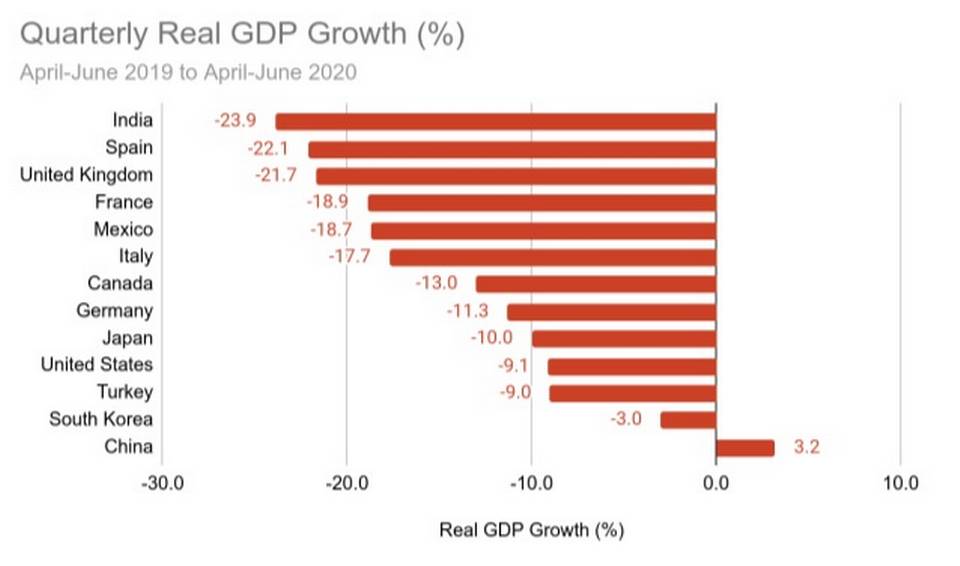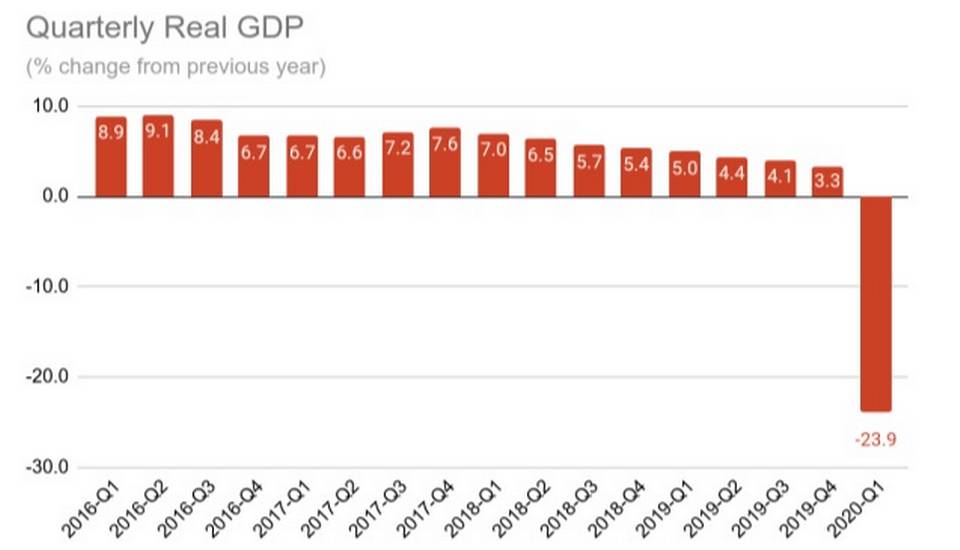Contents
- Parliament and its panels
- An economic disaster foretold
- What is Solar Cycle 25?
PARLIAMENT AND ITS PANELS
Focus: GS-II Governance
Introduction
- The Department-related Parliamentary Standing Committees have a so-called tenure of one year.
- There was speculation in the media that the Chairman of the Rajya Sabha is keen on amending the rules to give them a fixed tenure of two years.
- However, since these are joint committees of the two Houses of Parliament, the Speaker of the Lok Sabha also has to concur.
What the rules say?
- According to the Lok Sabha Rules and the Rajya Sabha Rules, the term of office of the “members” of the committees shall not exceed one year. Thus, it is the term of office of the members and not that of the committees per se that is one year.
- This tenurial issue has to be looked at against the backdrop of the fact that the Rajya Sabha itself undergoes partial biennial renewal, since one-third of its members retire every two years by virtue of clause (1) of Article 83 of the Constitution.
- As far as the Lok Sabha is concerned, it has a fixed tenure of five years, unless sooner dissolved.
The Mismatch
- In the Rajya Sabha, the annual renewal is only notional; major changes are brought about only after each biennial election.
- In the Lok Sabha major reconstitution takes place when a new Lok Sabha is elected, that is normally after five years.
- Since there is a mismatch between the election schedule of the Rajya Sabha (every two years) and the Lok Sabha (every five years), it is only once in 10 years that the requirement of major reshuffle of the Standing Committees in both the Houses is expected to coincide, that is after the second round for the Lok Sabha and the fifth biennial round of the Rajya Sabha.
- Against this backdrop, there is definitely a need to rethink the tenurial prescription for reconstitution of Department-related Standing Committees.
Given the different election schedules of the two Houses and since the term is prescribed for the members, there is perhaps no need to mandate the same term for the members of both the Houses.
Regarding Other Committees
- The Rajya Sabha Rules prescribe no fixed tenure for all the other Standing Committees of the Rajya Sabha listed therein.
- The standard prescription relating to the constitution of those committees states that the committee shall hold office until a new committee is nominated and that the casual vacancies in the committee shall be filled in by the Chairman of the Rajya Sabha.
- As far as the Lok Sabha is concerned, most of its committees listed in the Lok Sabha Rules have a tenure of one year, except a few for which no tenure has been prescribed.
- It would appear that committees concerned with deliberations of a serious nature were given a term coterminous with that of the House, while others were prescribed annual renewal.
- The Department-related Standing Committees, which were constituted later in 1993, came to be clubbed with the latter category by the Lok Sabha. The Rajya Sabha followed suit.
Regarding Membership
- Another fact to be taken note of is that there are 24 Department-related Standing Committees, each with a membership of 31 (10 of the Rajya Sabha and 21 of the Lok Sabha).
- They can accommodate 240 members of the Rajya Sabha and 504 members of the Lok Sabha. Ministers cannot be members of these committees and some senior members opt out.
- Thus, no eligible and available MP is left out of the membership of these committees.
- As a matter of fact, members of some parties have to perforce do double duty.
- It, therefore, stands to reason that once a member is nominated to a committee, based on his/her expertise and/or preference, he/she should be allowed to continue till he/she retires or otherwise discontinues the membership in order that the committee is able to benefit from his/her experience and expertise.
Way forward with Different tenures
- The language of the Rules of the two Houses makes it clear that the one-year term is of the members of the committees and not of the committees per se. The Standing Committees are permanent.
- Hence, there should be no difficulty if the terms of the members of the two Houses on these committees are different, in consonance with the tenure of the Houses themselves.
- Given these facts, it would stand to reason if the tenure of Department-related Standing Committees is prescribed differently for the two Houses.
- It may be two years for the Rajya Sabha members and for the Lok Sabha members, it may be coterminous with its life.
- The Rules could also provide that casual vacancies may be filled in by the Presiding Officers, who may also be empowered to reconstitute the membership of their respective Houses in the committees, if they so desire.
-Source: The Hindu
AN ECONOMIC DISASTER FORETOLD
Focus: GS-III Indian Economy
Introduction
According to data released by the Ministry of Statistics and Programme Implementation of the Government of India real quarterly GDP contracted by a whopping 23.9% between April-June 2019 and April-June 2020.
This magnitude of real GDP decline is unprecedented since the country started publishing quarterly GDP estimates in 1996.

Compared to other countries
- According to the Organisation for Economic Cooperation and Development, India’s real GDP contraction between April-June 2019 and April-June 2020 has been the largest among 13 large economies of the world.
- China is the only country which saw a positive growth of 3.2% in that period.
- However, even that reported contraction of the Indian economy in all likelihood is an underestimate for reasons of omission of statistical information and commission of policies of insidious intent.
An underestimated disaster
- The unorganised sector forms a significant part of the Indian economy. According to some estimates, it accounts for 45% of output and 93% of employment of the working population.
- While data collection methods have undoubtedly improved over time, coming up with reliable estimates of value added in the unorganised sector is challenging.
- The Existing methods have become unreliable due to the sudden shock of the lockdown imposed by the Central government to deal with the COVID-19 pandemic.
- Standard methods of estimating the output of the unorganised sector by extrapolation and quantifying its contribution to the whole economy overestimates the income generated by it during the pandemic.
- The benchmark estimates of output refer to some pre-COVID-19 year and information on other variables like tax collection has been rendered far less reliable for this period.
Can agriculture help?
- The sectoral pattern of real GDP decline provides important information.
- The three sectors which contracted the most were construction (at -50.3%), trade, hotels, transport, communication and services related to broadcasting (at -47%) and manufacturing (at -39.3%).
- Large parts of the first two fall in the unorganised sector underlining how the lockdown has disproportionately hit the non-agricultural unorganised sector.
- The only sector which did not contract was agriculture, and that was because of a good monsoon year.
A still bleaker future
- India’s economic woes did not start with the pandemic. Its economy has been slowing down for the last couple of years.
- The year-on-year change in real GDP for the economy shows that the growth rate of quarterly real GDP has been slowing down at least since the fourth quarter of 2017, declining from 7.6% in Q4 2017 to 3.3% in Q1 2020.

-Source: The Hindu
WHAT IS SOLAR CYCLE 25?
Focus: GS-III Science and Technology
Introduction
- Solar cycles have implications for life and technology on Earth as well as astronauts in space.
- Scientists from NASA and the National Oceanic and Atmospheric Administration (NOAA) announced their predictions about the new solar cycle, called Solar Cycle 25, which they believe has begun.
What is a solar cycle?
- Since the Sun’s surface is a very active space, electrically charged gases on its surface generate areas of powerful magnetic forces, which are called magnetic fields.
- Since the gases on the Sun’s surface are constantly moving, these magnetic fields can get stretched, twisted and tangled creating motion on the surface, which is referred to as solar activity.
- Solar activity varied with the stages of the solar cycle, which lasts on average for a period of 11 years.
- The beginning of a solar cycle is typically characterised by only a few sunspots and is therefore referred to as a solar minimum.
The Current Solar Cycle 25
- The experts announced that the solar minimum for Solar Cycle 25 occurred in December 2019.
- Scientists predict a solar maximum (middle of the solar cycle) will be reached by July 2025 and that this solar cycle will be as strong as the last solar cycle, which was a “below-average cycle” but not without risks.
How do scientists track solar activity?
- Scientists track a solar cycle by using sunspots, which are the dark blotches on the Sun that are associated with solar activity.
- Sunspots are associated as the origins for giant explosions such as solar flares that can spew light, energy and solar material into space.
What are sunspots?
- A Sunspot is an area on the Sun that appears dark on the surface and is relatively cooler than the surrounding parts.
- These spots, some as large as 50,000 km in diameter, are the visible markers of the Sun’s magnetic field, which forms a blanket that protects the solar system from harmful cosmic radiation.
- When a Sunspot reaches up to 50,000 km in diameter, it may release a huge amount of energy that can lead to solar flares.
Why do scientists track solar activity?
- Scientists track solar activity because it can have effects on Earth. For example, when charged particles from coronal mass ejections (CMEs) reach areas near the Earth, they can trigger intense lightning in the skies referred to as auroras.
- When CMEs are particularly strong, they can also interfere with the power grids, which can cause electricity shortages and power outages.
- NASA notes that solar flares and CMEs are the most powerful explosions in our solar system.
- Further, solar flares can have a major effect on radio communications, Global Positioning Systems (GPS) connectivity, power grids, and satellites.
- Recently, scientists have developed a new model that can successfully predict seven of the Sun’s biggest flares from the last solar cycle, out of a set of nine with the help of NASA’s Solar Dynamics Observatory.
-Source: Indian Express





